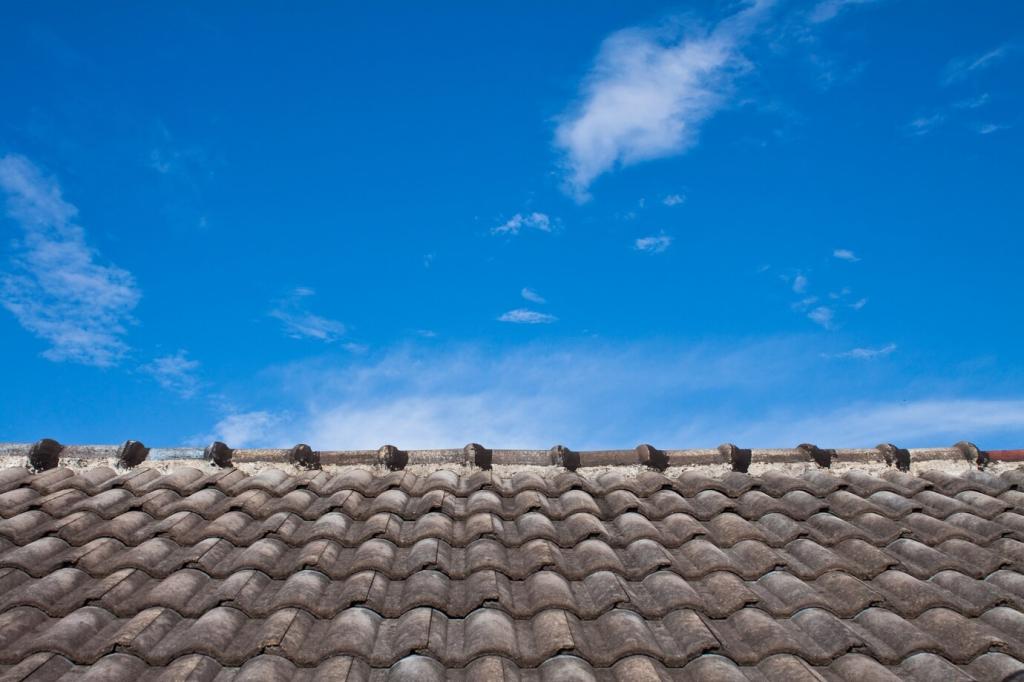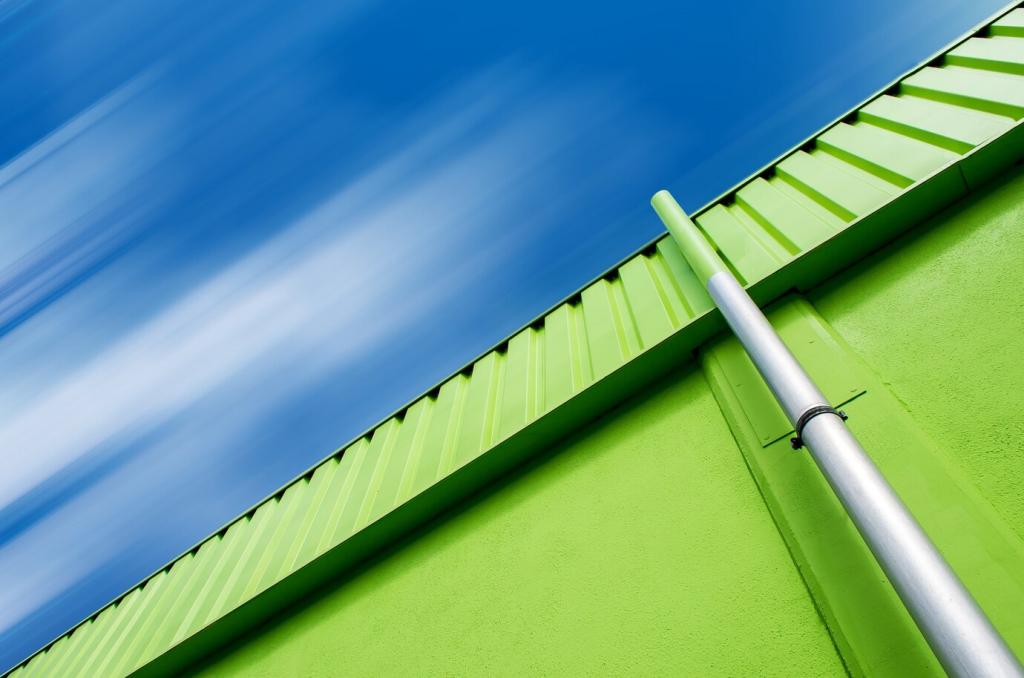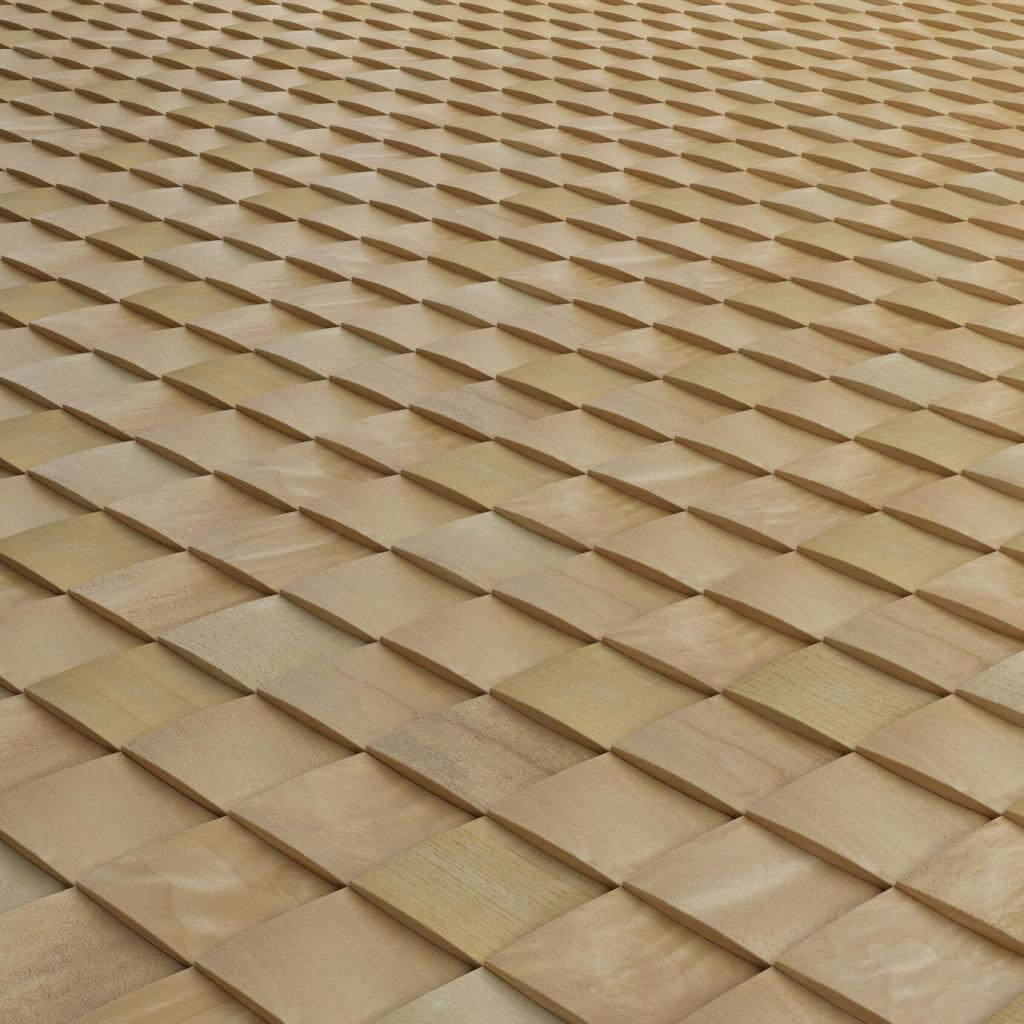
Proactive Roof Inspection Techniques
Understanding proactive roof inspection techniques is an essential part of maintaining any commercial or residential property. Early detection of roof issues prevents large-scale damage and increases the lifespan of your roofing system, saving time and money in the long run. Proactive inspections differ from reactive repairs by identifying weaknesses before they escalate into major problems. Employing forward-thinking strategies not only safeguards the structure but also contributes to energy efficiency and curb appeal. This guide delves into the most effective methods for proactive roof care, emphasizing a thorough approach that seeks out potential trouble spots before they impact your property.
Comprehensive Visual Assessment
Detecting Subtle Surface Irregularities
Identifying minor surface irregularities is critical in proactive inspections. Small blisters, minute cracks, and the beginnings of granule loss may seem inconsequential, yet these subtle flaws can compromise the roof’s integrity over time. A skilled inspector discerns these irregularities even when they are not apparent to an untrained eye. Detecting such issues early allows for minor patchwork or coatings that stop bigger problems before they start, ensuring the roofing materials retain their waterproofing capabilities and structural strength longer.


Evaluating Perimeter and Penetrations
Particular attention is paid to the roof’s perimeter and any penetrations, such as vents, skylights, chimneys, and antenna mounts. These areas are inherently prone to leaks because of the interruptions they create in the roofing membrane. Inspectors check the condition of sealants, flashing, and fasteners, watching for gaps, corrosion, or signs of past water ingress. By proactively identifying compromised perimeters and penetrations, property owners can renew sealants, reinforce flashings, or replace defective materials, thereby maintaining a continuous waterproof barrier and preventing future breaches.
Utilizing Advanced Diagnostic Tools
Infrared Thermography for Moisture Detection
Infrared thermography is a specialized technique that reveals concealed moisture within the roof assembly. By detecting fluctuations in surface temperature, inspectors identify areas where water may be trapped beneath the membrane or within insulation layers. These “hot spots” or “cold spots” signal regions of concern that aren’t visible with the naked eye. Early detection of latent moisture enables timely repairs, which can prevent insulation degradation, microbial growth, and full-scale leaks, all while minimizing costs and prolonging the roof’s functional life.
Electronic Leak Detection Systems
Electronic leak detection systems offer a non-invasive method to pinpoint breaches in waterproofing membranes with precision. These tools use electric currents to trace the pathways of water entry, allowing inspectors to locate even tiny punctures or tears. This technology is particularly valuable for flat roofs and modern membrane systems, where leaks can be elusive and costly if left unresolved. Employing electronic detection translates to quick, accurate assessments and the ability to undertake highly localized repairs that restore roof integrity without unnecessary disturbance or guesswork.
Non-Destructive Moisture Meters
Non-destructive moisture meters provide immediate insight into the moisture content of roofing materials without causing any damage. These meters use radio frequency or impedance technology to scan substrates like wood, insulation, and concrete, alerting inspectors to areas with elevated moisture levels. Such readings are crucial for confirming the extent of water intrusion and for formulating effective remediation plans. Utilizing moisture meters ensures repairs address actual underlying problems rather than superficial symptoms, which is vital for long-term structural resilience and weatherproofing.
Scheduled Inspection Protocols
Robust inspection protocols incorporate seasonal scheduling to anticipate weather-related stresses. Before and after severe weather seasons—such as winter snow or summer hurricanes—inspection teams review the roof for damage caused by temperature extremes, wind, ice, or debris. Adapting inspection frequency according to local climate helps preemptively identify issues that result from cyclical environmental pressures, enabling timely repairs before vulnerabilities can be exploited by the next storm or freeze–thaw cycle.
Meticulous documentation is a central pillar of effective inspection protocols. Inspectors generate detailed logs, annotated photographs, and repair histories that chart the evolving condition of the roof. This paper trail not only facilitates timely maintenance but also serves as evidence for warranties or insurance claims. Well-maintained records make it simple to track which issues are new, whether past repairs are holding up, and when the next evaluation is due, taking the guesswork out of long-term care.
Inspection protocols are most effective when they are tailored to the specific roofing materials in use. Whether the system is composed of asphalt shingles, metal panels, tile, or modern membranes, each material presents unique vulnerabilities. Customized checklists ensure that inspectors focus on aspects most prone to failure for each material type, resulting in more relevant findings and targeted recommendations. This material-specific approach reduces maintenance costs and extends the performance of the chosen roofing solution.
